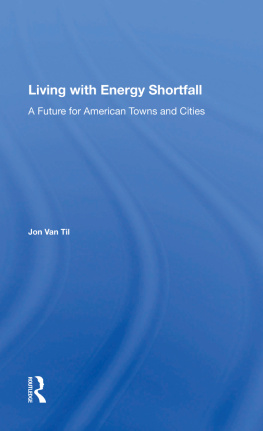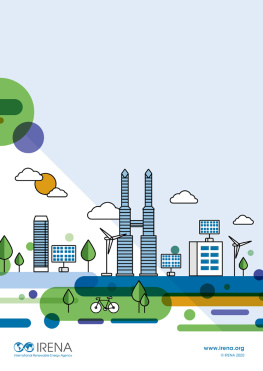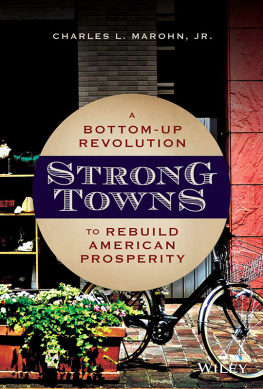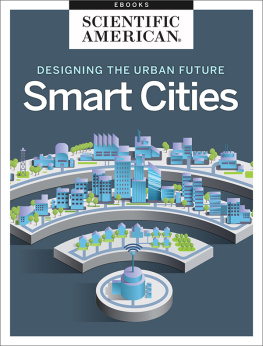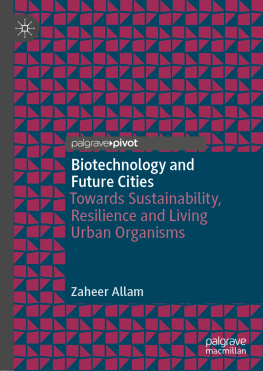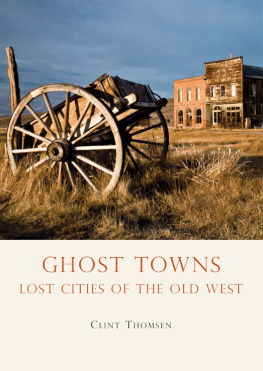LIVING WITH ENERGY SHORTFALL
Also of Interest
Energy Futures, Human Values, and Lifestyles, Richard C. Carlson, Willis W. Harman, Peter Schwartz, and Associates
Energy, Economics, and the Environment: Conflicting Views of an Essential Interrelationship, edited by Herman E. Daly and Alvaro F. Umaa
Solar Energy in the U.S. Economy , Christopher J. Pleatsikas, Edward A, Hudson, and Richard J. Goettle IV
Accident at Three Mile Island: The Human Dimensions, edited by David L. Sills, C. P. Wolf, and Vivien B. Shelanski
Renewable Natural Resources: A Management Handbook for the 1980's, edited by Dennis L. Little, Robert E. Dils, and John Gray
Energy Analysis: A New Public Policy Tool, edited by Martha W. Gilliland
Energy Conservation and Economic Growth, edited by Charles J. Hitch
The Forever Fuel: The Story of Hydrogen , Peter Hoffmann
Energy Transitions: Long-Term Perspectives, edited by Lewis J. Perelman, August W. Giebelhaus, and Michael D. Yokell
The Economics of Environmental and Natural Resources Policy , edited by J. A. Butlin
The City: Patterns and Processes in the Urban Ecosystem, Christopher H. Exline, Gary L. Peters, and Robert P. Larkin
Making Cities Work: The Dynamics of Urban Innovation, edited by David Morley, Stuart Proudfoot, and Thomas Burns
Available in hardcover and paperback.
About the Book and Author
Living with Energy Shortfall: A Future for American Towns and Cities
Jon Van Til
The specter of a permanent energy crunch looms larger in the United States each year. Oil supplies, though vast, are not infinite and are rapidly escalating in cost; oil shale development is protested by environmentalists and may be limited by scanty water resources in western states; widespread use of nuclear energy-once assumed to be the panacea for all energy problems-now looks socially and economically questionable; and solar and other renewable energy resources remain in the early stages of development. Extensive energy conservation, it becomes increasingly clear, cannot entirely resolve the energy dilemma. And it is equally clear that a permanent energy shortfall will have a tremendous impact on our way of life-on where, as well as on how, we live.
In this very timely book, Jon Van Til argues that we must rethink the future of our cities so that the most efficient use can be made of the limited energy supplies still available. Today's residential patterns -typified by urban sprawl and heavy commuter traffic-cannot, he is sure, continue in the face of increasingly expensive and scarce fuel supplies. Dr. Van Til suggests alternative forms that our cities and suburbs might assume, given three possible energy scenarios, and explores emerging methods of energy conservation and coproduction that may insulate us from the ravages of energy dislocation. He is convinced, however, that densely populated areas made up of "mini-cities" in which people live near their work places are essential to any energy-efficient future.
Jon Van Til is an associate professor and chairman of the Department of Urban Studies and Community Development at the Rutgers University Camden College. He is coauthor of Privilege in America: An End to Inequality? (1973), has published leading papers on energy futures and is editor-in-chief of the Journal of Voluntary Action Research.
TO WILLIAM VAN TIL
teacher, editor, colleague, and father
Rarely has one done more to merit a book's dedication
Jon Van Til
Living with Energy Shortfall
A Future for American Towns and Cities
First published 1982 by Westview Press
Published 2019 by Routledge
52 Vanderbilt Avenue, New York, NY 10017
2 Park Square, Milton Park, Abingdon, Oxon OX14 4RN
Routledge is an imprint of the Taylor & Francis Group, an informa business
Copyright 1982 by Taylor & Francis
All rights reserved. No part of this book may be reprinted or reproduced or utilised in any form or by any electronic, mechanical, or other means, now known or hereafter invented, including photocopying and recording, or in any information storage or retrieval system, without permission in writing from the publishers.
Notice:
Product or corporate names may be trademarks or registered trademarks, and are used only for identification and explanation without intent to infringe.
Library of Congress Catalog Card Number 82- 50611
ISBN 13: 978-0-367-01860-3 (hbk)
Jon Van Til's book is written for the ultimate energy policy maker-the private citizen. Since its first writing we have experienced an "oil glut" and become aware of vast new supplies of natural gas at depths previously beyond drilling range. Those facts might cause some readers to wonder if Van Til's conclusions are exaggerated. Maybe we don't need to change our ways so much, and maybe we have more time in which to do it.
Actually, it is when the U.S. energy situation, which Van Til writes about, is seen in its global context that the true dimensions of the dilemma begin to emerge. Modern industrial society is designed to run on petroleum and natural gas. Massive road-building dwarfs all other public works; automobile production is central to the economies of the most highly industrialized nations. An enormous chemical industry depends upon natural gas as its basic raw material. Only England and West Germany among industrialized countries derive less than two-thirds of their energy needs from oil and gas. As earlier societies had been shaped by the advent of new energy sources-draft animals, sailing ships, waterwheels, coal-so modern industrial society is shaped by its energy sources. Urbanization and agribusiness alike depend upon cheap, easily transportable liquid and gaseous fuels.
For two decades after World War II, it was more or less assumed that the newly liberated colonies, the new countries of the Third World, would follow in the same pattern. The trail had been blazed by the United States and a few others; the "stages of growth" were to be achieved in succession, more rapidly than the industrialized nations had passed through them. Little thought was given in those days to the possibility that energy and other resources might prove to be a limitation.
Although estimates vary tremendously, the total energy potentially available in fossil fuels around the world is probably something of the order of 1023 joules (one joule, the international unit of energy measurement, is equal to one watt per second). Of this, about two-thirds is in the form of coal and lignite. Around a fifth is petroleum and natural gas, and something like another fifth is heavy oil, oil shale, and tar sands. Of the total world supply of recoverable fossil-fuel energy, approximately 1/400 is used up every year at the present rate. More than two-thirds of the present use is oil and gas; most of this is used in industrialized countries.
During the past quarter-century, world fuel consumption tripled, oil and gas consumption quintupled, and electricity use grew nearly sevenfold. Even though these rates of increase have dropped off somewhat as energy prices have risen, if the countries of the Third World are to develop industrially, their energy consumption will rise accordingly.



